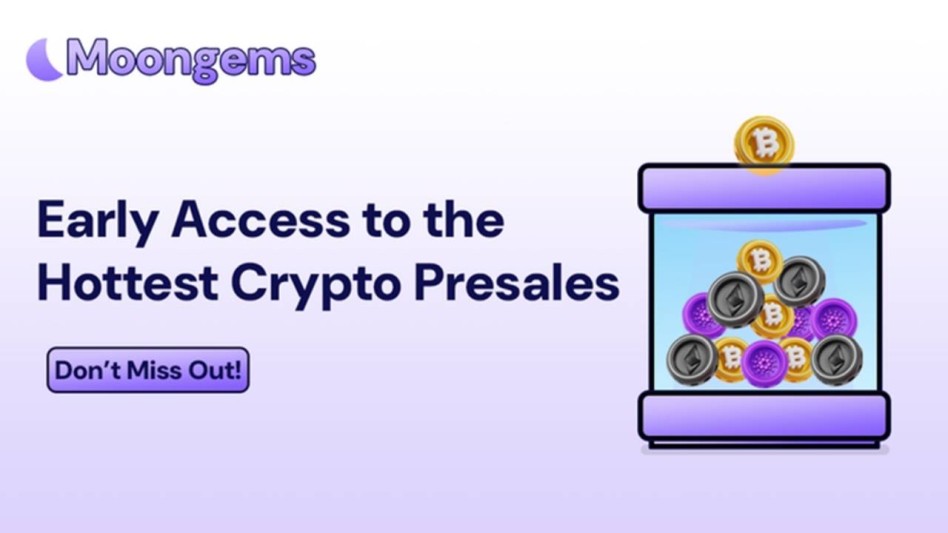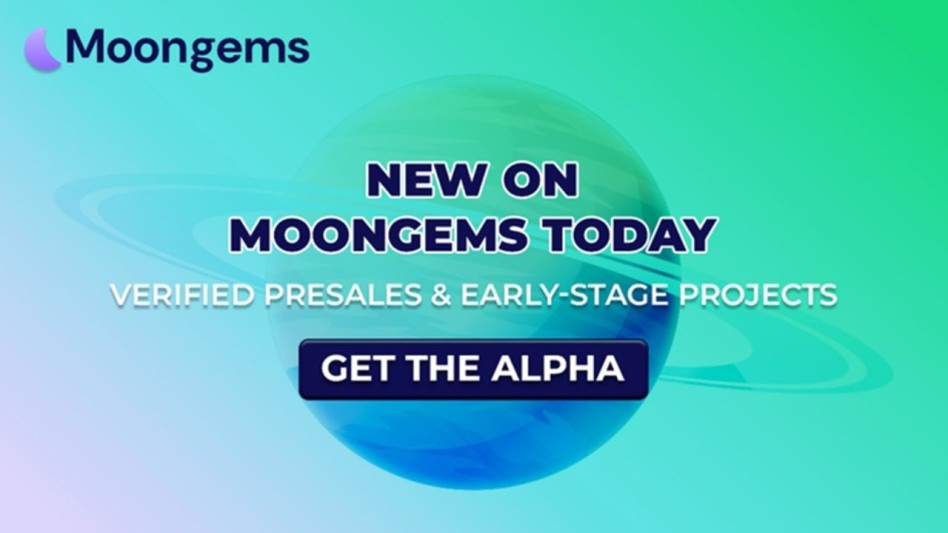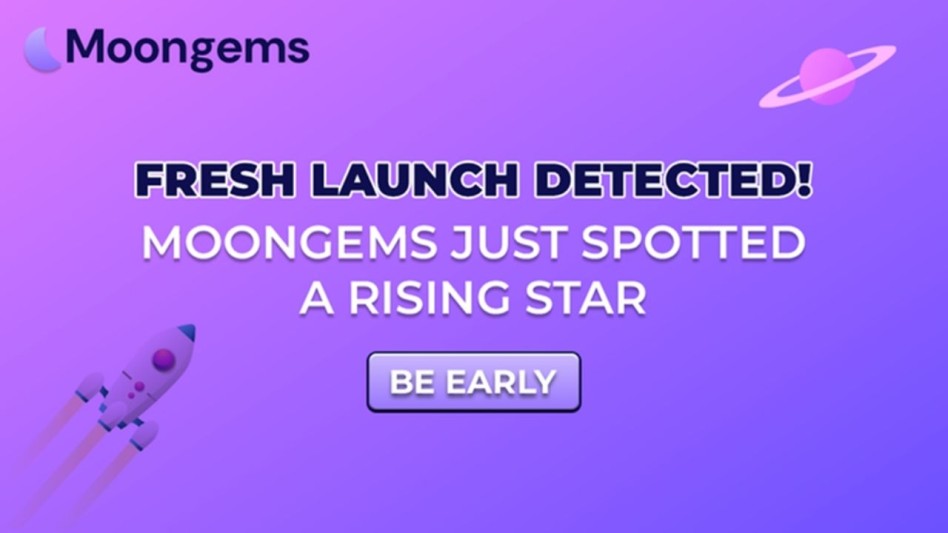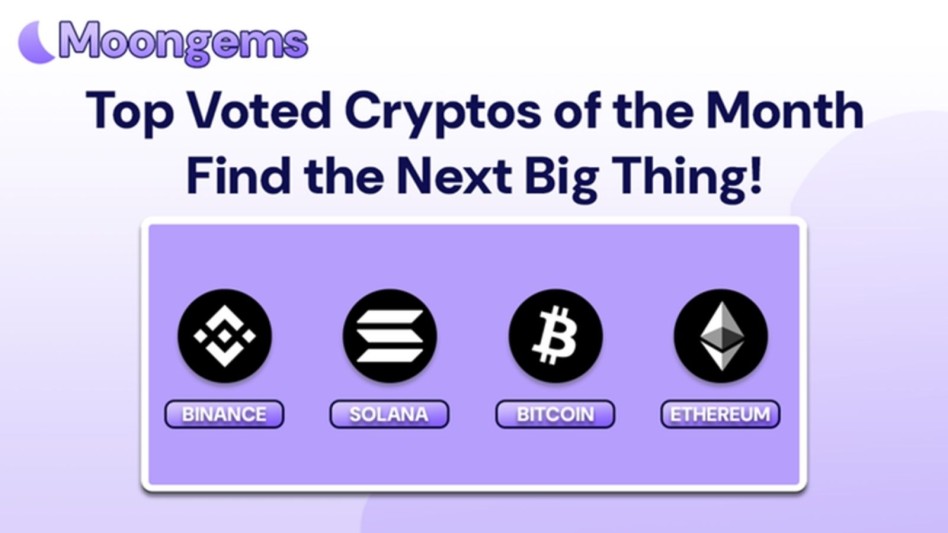Author: Jawad Hussain – Crypto Analyst & Web3 Researcher | 9+ years tracking presales, IDOs, and token launches. Follow him on X (formerly known as Twitter) and LinkedIn.
In cryptocurrency, there’s an old saying whispered in Telegram groups and crypto Discord channels: “The real money is made before the exchange listing.” This truth has echoed since the earliest days of blockchain fundraising, when projects like Ethereum raised capital in presales before changing the financial landscape forever. Ethereum’s 2014 presale allowed participants to buy ETH at just $0.30 per token. Today, ETH trades in the thousands, and early investors are remembered as legends.
But here’s the catch: not all presales create winners. For every Ethereum success story, there are dozens of failed projects where presale tokens never saw meaningful listings. In 2025, the presale environment is more competitive and complex than ever. We see IDO (Initial DEX Offerings), IEO (Initial Exchange Offerings), launchpad sales, meme coin presales, and adaptive fundraising models. Each carries opportunity, but also risk. Retail investors often rush in, dazzled by marketing and FOMO, but without the research tools and timing strategy needed to benefit truly.
This is where platforms like MoonGems are making a difference. By tracking presales, vesting schedules, and whale movements, MoonGems helps investors separate genuine opportunities from noise. Early entry still matters, but research and discipline have become just as important.
This article will explore why early crypto presales matter, how retail investors can leverage timing, what history teaches us from real-world examples, and the risks that come with chasing “the next big thing.” From Ethereum’s presale in 2014 to meme coin booms like Pepe in 2023, and the cautious rise of Arbitrum’s token distribution in 2023, the lessons are clear: those who understand the mechanics of presales are best positioned to capture life-changing ROI.
Why Early Presales Create Outsized ROI
At its core, a presale is about asymmetry of information and access. The earliest buyers take the most risk, but they also unlock the greatest upside if the project succeeds. Consider Ethereum’s ICO. In 2014, the crypto market was young and unproven. ETH was offered at around $0.30. By 2021, ETH crossed $4,800, a staggering 16,000x ROI.
But Ethereum isn’t alone. Filecoin raised over $200M in its 2017 presale, priced at around $1–$5 depending on investor tier. Despite years of delays, FIL eventually traded above $200 in 2021, delivering incredible returns. BNB (Binance Coin) sold for $0.10 in its 2017 IEO on Binance Launchpad. Within four years, it soared past $600.
What do these examples show? Presales favor those willing to bet early, but only on projects with real fundamentals. Timing alone isn’t enough; research is critical. For instance, EOS raised $4B in its presale, yet many investors struggled to realize big ROI because of governance and adoption issues. Contrast that with Uniswap, which never had a traditional presale but rewarded early liquidity providers massively.
MoonGems data highlights that in 2025, the average ROI of well-researched presales remains 12–30x, even amid volatile markets. But projects lacking transparency or delivering tokens with unfair vesting often collapse to near zero.
Timing: The Most Critical Factor
Early presale participation means accessing tokens at their cheapest valuation. However, the timing of your exit strategy matters just as much. Investors who held ETH for years saw bigger returns than those who sold after a quick 10x. Meanwhile, investors in Arbitrum’s airdrop and presale allocations in 2023 faced a choice: sell early during hype or hold for long-term governance potential. Both strategies could work, depending on timing.
MoonGems emphasizes tracking unlock schedules, whale wallets, and vesting hacks as part of timing. If you know when large token releases are coming, you can predict sell pressure. This gives retail investors a fighting chance to time entries and exits better.
Case Studies: Ethereum, Binance, Pepe, and Beyond
Real-world history provides the best teacher for understanding presale mechanics. Let’s examine four case studies:
Ethereum ICO (2014)
Ethereum sold 60 million ETH at roughly $0.30 each, raising over $18M. Early investors took on massive risk, as smart contracts were unproven. But those who held ETH through 2017 and beyond became some of the wealthiest individuals in crypto. Lesson: betting early on technology shifts can change financial lives.
Binance Coin (BNB) IEO (2017)
BNB launched on Binance Launchpad at $0.10. The key here wasn’t just the token price, but utility. BNB became the backbone of Binance’s trading ecosystem, reducing fees and powering DeFi products. Its presale investors didn’t just get cheap tokens, they bought into an ecosystem. Lesson: utility drives long-term ROI.
Pepe Meme Coin Presale (2023)
Not all presales are about technology. Meme coins like Pepe ($PEPE) showed that culture and community can be just as powerful. Pepe’s launch in 2023 turned small investments of a few hundred dollars into millions during its peak run. But unlike ETH or BNB, meme coin presales are high-risk. Lesson: cultural momentum can deliver quick 1000x returns, but sustainability is rare.
Arbitrum Airdrop and Presale Distribution (2023)
Arbitrum didn’t run a classic presale but structured its airdrop and token unlocks carefully. This created demand and aligned incentives between developers, DAOs, and retail users. Lesson: distribution models matter as much as price.
Together, these examples prove that presales, whether meme-driven or infrastructure-focused, can deliver massive ROI when backed by timing, utility, and distribution fairness.
Risks and Challenges in Early Presale Investing
The upside of presales is clear, but the risks are equally significant. Investors must recognize these challenges to avoid repeating past mistakes.
Rug Pulls and Scams
Many presales are simply fraudulent. In 2021–2022, numerous DeFi and meme presales raised millions only to disappear overnight. Squid Game Token (SQUID) is a notorious example, where developers vanished after the token briefly surged 75,000%.
Vesting Traps
As we explored in the previous article, vesting schedules can dramatically affect ROI. Insiders often gain liquidity faster than retail, leaving smaller investors trapped.
Hype Without Fundamentals
Not every meme coin is Pepe. Many projects pump on presale hype but collapse within weeks. Investors must separate hype from projects that deliver sustained community engagement.
Regulatory Risks
Governments worldwide are watching presales more closely. In 2023, the SEC targeted several ICO-like fundraising events, warning retail investors of unregistered securities. In 2025, navigating compliance is as crucial as researching tokenomics.
MoonGems integrates these risks into its presale scoring system, flagging red alerts when projects show signs of unfair vesting, opaque teams, or inflated promises.
Strategies to Maximize ROI in Presales
If presales are high-risk, how can investors maximize their chances of success? Here are strategies backed by both history and MoonGems research.
Diversify Early
Instead of going all-in on a single presale, spread capital across multiple projects. For instance, an investor who split $10,000 between Ethereum, BNB, and Cardano presales in 2017 would have had a far safer and ultimately more profitable portfolio than someone betting it all on EOS.
Monitor Unlock Schedules
Retail often ignores token unlock calendars. This is a mistake. MoonGems provides real-time tracking of unlocks, letting investors predict when sell pressure will occur.
Balance Meme and Utility
A smart portfolio doesn’t just chase meme hype. Pairing meme presales like Pepe with utility projects like Arbitrum or Optimism helps balance short-term explosive gains with long-term growth.
Exit Discipline
The hardest lesson: take profits. Many investors held 1000x meme presales only to watch gains vanish. Setting target exits, whether partial or full, protects capital while still leaving room for upside.
Conclusion
Crypto presales are not a guaranteed ticket to wealth, but they remain one of the most powerful wealth-creation vehicles in digital assets. From Ethereum to Pepe, history shows that early entry combined with research and timing can change financial destinies. Yet, risks like rug pulls, unfair vesting, and regulatory scrutiny remind us that caution is as important as courage.
MoonGems equips retail investors with the tools they need: presale trackers, whale monitors, and vesting analysis. By learning from past case studies and applying discipline, today’s investors can approach presales not as blind gambles but as strategic opportunities.
Presales in 2025 are more competitive than ever. Those who master timing, research, and risk management will not just survive this cycle; they will thrive in it.
Frequently Asked Questions for The Hidden Power of Early Crypto Presales
-
Why are crypto presales considered high-risk, high-reward?
Because presales occur before projects prove themselves. Investors buy tokens at low valuations, but risk total failure if the project doesn’t launch. Ethereum’s presale delivered life-changing returns, but thousands of ICOs in 2017–2018 collapsed to zero.
-
How can retail investors identify legitimate presales?
Look for transparency. Verified team members, audited smart contracts, clear vesting schedules, and established partnerships all indicate legitimacy. Tools like MoonGems aggregate this data so investors can compare projects.
-
What role does vesting play in presale ROI?
Vesting prevents immediate dumps, but it can also trap retail. Adaptive or unfair vesting often benefits insiders. Always review whether you’ll actually have liquidity when hype peaks.
-
Are meme coin presales worth the risk?
Sometimes, yes. Pepe turned micro-investments into millions. But for every Pepe, dozens of meme presales flop. Meme presales should be approached as speculative bets, not core portfolio holdings.
-
What is the difference between IDO, IEO, and ICO presales?
ICO (Initial Coin Offering) is the original fundraising model, often unregulated. IDO (Initial DEX Offering) happens on decentralized exchanges, while IEO (Initial Exchange Offering) is hosted by centralized exchanges like Binance. Each carries unique risks and opportunities.
-
Can small investors compete with whales in presales?
Yes. By leveraging tools like MoonGems to track whale wallets and avoiding projects with unfair insider terms. Retail can also focus on community-driven projects where hype isn’t purely whale-controlled.
-
How does MoonGems give retail an advantage?
MoonGems provides presale analytics, vesting trackers, whale monitors, and risk scores. It levels the playing field by offering retail the same data insights whales use to plan early exits.
Glossary of Key Terms
- Presale: Early fundraising stage before public exchange listing.
- ICO: Initial Coin Offering, the earliest presale model.
- IDO: Initial DEX Offering on decentralized exchanges.
- IEO: Initial Exchange Offering hosted by centralized exchanges.
- Vesting: Token release schedule that delays liquidity.
- OTC Deals: Private off-exchange token sales.
- Rug Pull: Scam where developers abandon a project post-funding.
- Tokenomics: Economic model of a crypto token.
- Liquidity Pool: Fund of tokens enabling trading on DEXs.
- Whale: Investor holding a large supply of tokens.
- Staking: Locking tokens to earn rewards.
- Adaptive Vesting: Unlock model tied to project conditions.
- FOMO: Fear of Missing Out, driving speculative investments.
- Utility Token: Token providing functional use within an ecosystem.
- MoonGems: A research and analytics platform tracking presales.
Article Summary
This MoonGems feature explored the power of early crypto presales, tracing lessons from Ethereum, Binance Coin, Pepe, and Arbitrum. It examined the role of timing, vesting, and risk management in shaping ROI. With insights into real-world case studies and strategies, it showed how retail investors can navigate presales more intelligently in 2025.
Disclaimer
This article is for educational purposes only and should not be considered financial advice. Cryptocurrency investing, including presales, is speculative and involves risk. Always DYOR (Do Your Own Research) and consult a financial advisor before investing.












